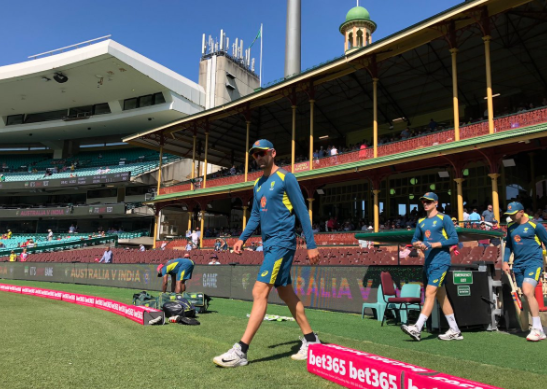Broadcasting rights and a ball tampering scandal: How cricket.com.au fared through a tumultuous year
Mumbrella’s Zoe Samios speaks to Cricket Australia’s head of digital Finn Bradshaw about the brand’s tumultuous year, and how he plans to come out the other side stronger.
Four-and-a-half years as Cricket Australia’s head of digital could not have prepared Finn Bradshaw for the 2018/2019 cricket season.
Between a complex battle over television broadcasting and digital rights, the expansion of the Big Bash League competition, a ball tampering scandal resulting in an almost new cricket team, and staff turnover from the inside; Bradshaw and his team were forced to balance the usual unknowns with new unknowns. And with the absence of The Ashes, audiences were naturally not going to be as large as the 2017/18 season.


